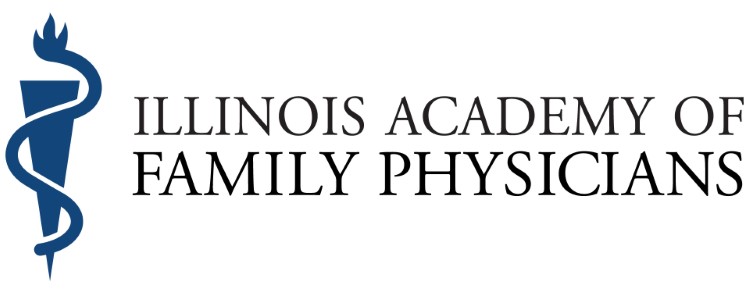Congressional Briefing on Teaching Health Center Funding
Santina Wheat, MD, MPH - February 18, 2020
Good morning, my name is Dr. Santina Wheat and I am the Program Director for the Northwestern McGaw Family Medicine Program at Erie Humboldt Park, the only Teaching Health Center Program in Illinois. I am also a member of the first graduating class of the program.
The THC program has been successful in achieving its goals. More graduates from THC programs go on to provide primary care in underserved areas. We know that residents are much more likely to practice in the areas that they train. It is extremely important that we provide stability and sustainability for this important program.
As I mentioned, I myself am a graduate of the program. I have also been fortunate to benefit from the National Health Service Corps repayment program. I provide care at Erie Family Health Centers to patients living with HIV/AIDS along with maternity care, medication assisted treatment for opioid use disorder, and treatment for Hepatitis C. Other graduates from my class have gone on to all be core faculty or medical directors at other federally qualified health centers. Recent graduates of our program have also stayed on at Erie Family Health Centers, or gone to sister community health centers in the Chicago area such as Heartland Alliance, Howard Brown Health Center, Esperanza Health Center, and Lawndale Christian Health Center, to name a few. We have also had graduates go on to practice in VA clinics as well as clinics within the Indian Health Services system. Almost 70% of our graduates are practicing in primary care or underserved settings.
During periods of uncertainty in the past, our sponsoring institution became nervous about the stability of our funding. For the class that we recruited in 2015, we decreased our class size from 8 to 6 in the middle of the recruitment season. This caused unease among our applicants and unease among our residents. After 4 years of college, 4 years of medical school, securing a spot in a residency program, which is needed to get a job as a physician, is scary. In addition to affecting the residents we were training in 2015 and the applicants from that year, it also affected the classes that followed. Future applicants became aware of the potential instability of all THC programs, including ours. Two years after the program temporarily went down to 6 residents, we were not able to completely fill our program during the match process. However, we were able to participate in the supplemental offer and acceptance program to fill our un-matched slot. This continues to cause increased anxiety for our recruitment committee and we have struggled in our efforts. While typical convention for family medicine residency recruitment has been approximately 10 applicants per residency spot, we have increased our goal to 12-13 per spot. For 8 resident positions this past season, I interviewed 105 applicants.
In previous years, we have had applicants explicitly indicate that they did not choose us because of unstable funding. We have lost out on high quality applicants motivated to provide care in community health centers because they feared that their training wouldn’t be funded and they would be left trying to figure out how to cross the final hurdle of becoming a board certified physician. This year, it was a hot topic with applicants. This past summer, Hahnemann Hospital in Philadelphia closed and caused many resident physicians to be left without a training program. This closure understandably brought increased scrutiny during this recruitment cycle about the stability of the residency program. It was challenging to provide a satisfactory response to residency applicants asking about stability of the program when the program has not yet been re-authorized.
The deadline to certify a rank list for both residents and programs is February 26, 2020. We are a week away from when applicants decide whether they want to train with us. I fear that they will not choose us because there has not yet been an long-term re-authorization of the teaching health center program. We know that this program helps those in both rural and urban settings and can provide much needed health care to many communities.
In addition to the difficulties with applicants, funding instability also provides uncertainty to current residents. Part of residency training is working with the residents who come behind you. The possibility of not having future classes changes the experiences for current residents. Having fewer residents can potentially spread residents thin as they spend more time covering hospital services, rather than being in the clinic. We saw this in our program and had to provide the same amount of hospital coverage with fewer residents – which impacted the amount of time residents were able to care for patients in the clinic.
The lack of stability makes it difficult to recruit faculty. Faculty want jobs that they can count on for their own professional fulfillment and growth. It is extremely challenging to recruit faculty when there is uncertainty about whether there will be funding to support their job. Additionally, we are normally able to use the National Health Service Corps loan repayment program as an incentive to take a position with a lower salary, but the loan repayment program has also not yet been fully reauthorized.
I encourage you to reauthorize this program as we quickly approach the rank certification deadline. Our ability to obtain high quality residents and faculty is at risk. In addition to re-authorization, I encourage you consider expansion of the teaching health center program. These programs are successful in both urban and rural settings and should be located in every medically underserved community.
|






